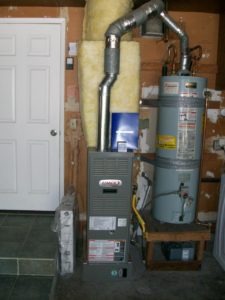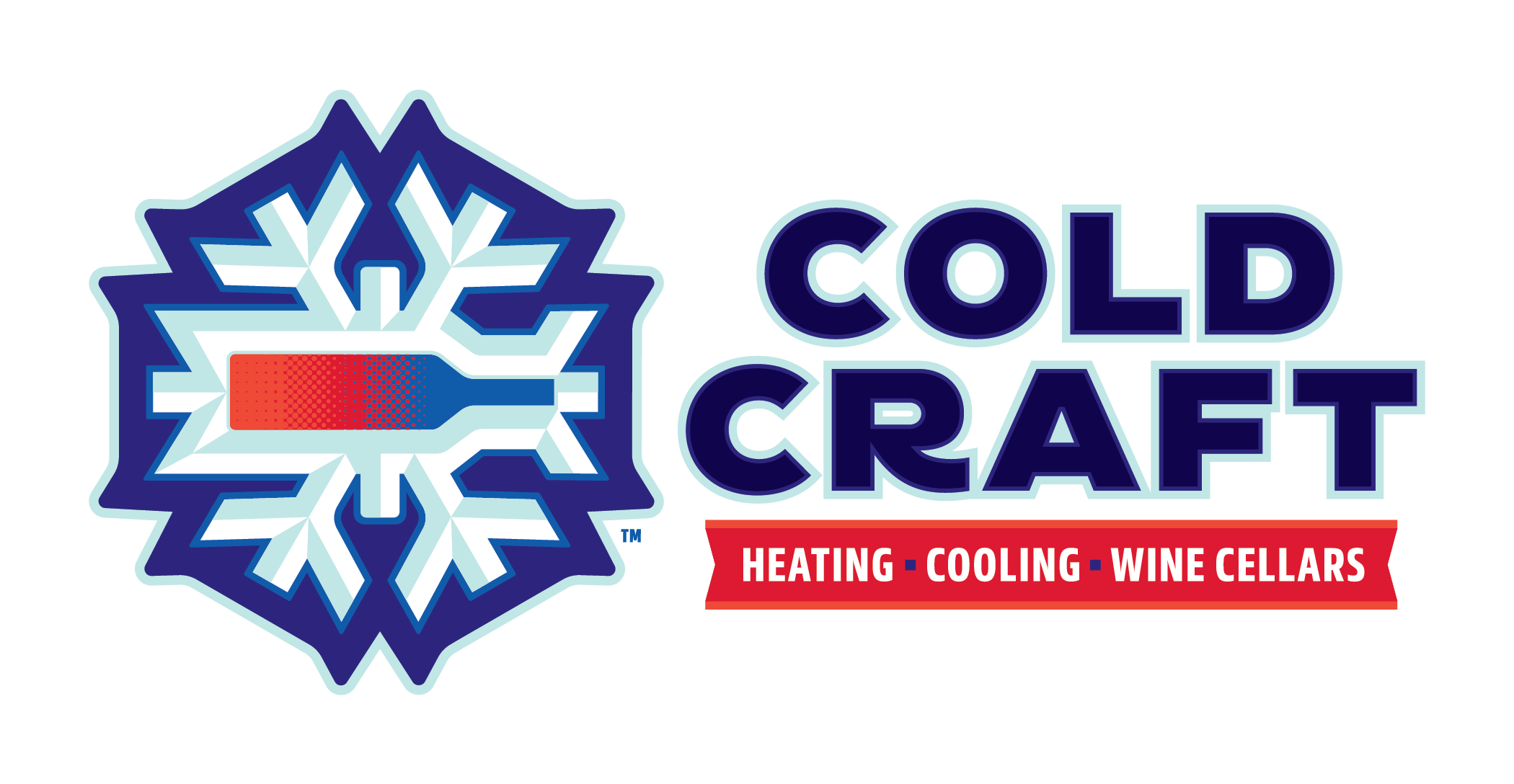According to the Department of Energy, 30.7% of the Energy Consumption in the Average US Home is Used for Space Heating.
With such a large percentage of residential going towards space heating it shouldn’t be a surprise that most of the energy used in a home goes towards conditioning the space. This makes the home heating the logical place to start to reduce energy consumption. Knowing your furnace’s fuel efficiency is an important step to tackling this issue.
The percentage of consumption is often more affected by the size of the house than the number of occupants. Heating, cooling, and lighting are still the largest single energy end-uses in a home, despite increased energy efficiency of this equipment. (Source US Department of Energy).
The purpose of this article is to provide a simple way for the public to determine how efficient your natural gas or propane burning, forced air heatingsystem is. Oil or other fuel furnaces do not fall under these guidelines and is reflective of the San Francisco Bay Area.
Determining the efficiency of your natural gas furnace can be a little tricky. When researching your furnace efficiency you may run accross the acronym AFUE and that stands for annual fuel utilization efficiency (AFUE; pronounced ‘A’-‘Few’ or ‘A’-‘F’-‘U’-‘E’). The AFUE on furnaces in homes today can range from 50% or less to 98% AFUE.
This is basically the percentage of fuel efficiency. A fifty percent (50%) AFUE or efficiency rating means that for every $1 of natural gas that goes into your furnace, fifty cents of the gas is burned and the other fifty cents goes up the flue.
There are several ways you can check to find the effiency, first and the easiest is to look at the furnace and see if it says the AFUE number in the name. At times, it is boldly placed on the exterior of the furnace like adding ’80’ to the name on the furnace or ‘high efficiency 80’ – then your search is over it was built to perform at 80% AFUE. This is when the furnace was at the optimal performance, older furnaces can lose efficiency over time.
Most efficiency ratings are harder to determine. One way to ball park the AFUE has to do with the manufactured date (or approximate date). 80% AFUE furnaces were installed starting in 1981 as a government mandate, so furnaces installed after 1981 are likely 80% (or better).
Here is the guideline:
Your furnace is likely 92-98% efficient if:
- It has a plastic pipe coming out to the top or side for the flue
- The furnace has a drain pipe, typically 3/4″ pipe
- Your furnace has an induced draft motor (pictured below)
The high efficiency 92-98% AFUE furnace mentioned above is also called a condensing furnace. This furnace pulls the heat out of the exhaust and that process makes the water in that exhaust condense in th efirebox and the exhaust pipe. The principle is similar to that of the exhaust in a car.
Your furnace is likely 78-80% efficient if:
- It was manufactured after 1981
- Manufacturer label indicates it is 78 or 80% efficient
- has a metal pipe coming out of the top for the flue
- Your furnace has an induced draft motor (pictured below)
Your furnace is likely 50-55% efficient if:
- It was manufactured before 1981
- Your furnace has a natural draft furnace, has a draft hood – does not have an inducer motor (pictured below).
- Has a metal pipe coming out of the top for the flue
 Pictured above, 80% furnace (left) installed in the garage with the metal flue. This furnace flue is combined water heater (right) flue.
Pictured above, 80% furnace (left) installed in the garage with the metal flue. This furnace flue is combined water heater (right) flue.
Professionals have books that list the AFUE for specific models which makes it easier for them to determine the specific efficiency that the equipment was made for. Efficiency deteriorates as the product ages, wears, with specific usage and when it gets dirty. Example: a furnace with a dirty filter dirty blower wheel and a number of closed air outlets performs quite differently than a system with a clean filter, blower wheel and all the air outlets wide open.
With a natural gas system, the professionals can actually clock the gas meter, measure the air flow and compute how much work has actually been done.
WARNING- IF you have never taken the cover off of your furnace, don’t have any idea how it works, are not mechanically or technically inclined. Back away from the furnace and call a professional. We are in no way liable for any errors in the part of the public.
Natural Draft Hood picture:
Induced Motor picuture:
If you need help with temperature, contact Cold Craft, Inc.
408.374.7292 or [email protected]
Share This Article!
Newsletter
Subscribe to our newsletter and stay updated on the latest.
Your email is safe with us, we don’t spam.


